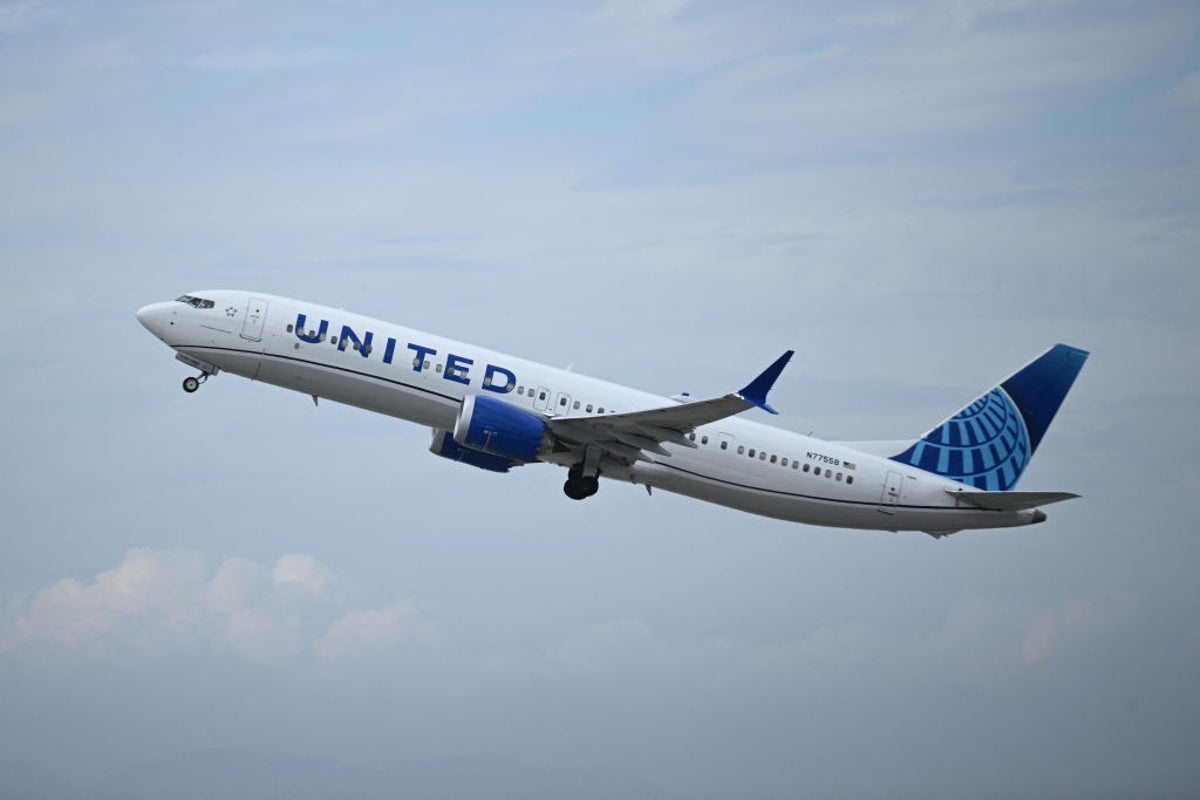
A flight in the US was forced to make an emergency landing last Thursday after a piece of suspected space debris smashed into its windshield.
The pilot of United Flight 1093 from Denver to Los Angeles reportedly suffered cuts to his arm after glass flew into the cockpit, though none of the 130 passengers on board were injured.
The plane diverted to Salt Lake City and is currently undergoing repairs, according to a statement from United Airlines.
“On Thursday, United flight 1093 landed safely in Salt Lake City to address damage to its multilayered windshield,” the statement read.
“We arranged for another aircraft to take customers to Los Angeles later that day and our maintenance team is working to return the aircraft to service.”
🚨United Boeing 737 MAX 8 (N17327) flight UA1093 from Denver to Los Angeles diverted to Salt Lake City after reportedly hitting "metal space debris" at 36,000 ft. 😳
— Turbine Traveller (@Turbinetraveler) October 18, 2025
The crew noticed a crack in one layer of the windshield and landed safely.
A replacement aircraft later continued… pic.twitter.com/OIDl5rq942
The flight was at a cruising altitude of 36,000ft at the time of the incident, way above the height that birds or hail can collide with planes.
Speculation has therefore focussed on space debris like meteorites or low-Earth orbit objects like old satellites falling through the atmosphere.
The US National Transportation Safety Board (NTSB) is investigating possible causes, with sources reportedly telling aviation publication AVBrief that one possibility could be a collision with a weather balloon’s data package.
“The NTSB is investigating a cracked windscreen on a Boeing 737-8 during cruise flight near Moab, Utah, Thursday,” the civil transportation agency wrote in a post to X on Sunday.
“NTSB gathering radar, weather, flight recorder data. Windscreen being sent to NTSB laboratories for examination.”
A 2023 report from the Federal Aviation Administration (FAA) estimated that there is a one trillion to one probability of a piece of space debris fatally damaging an aircraft.
The report also anticipated that the number of hazardous fragments surviving reentries each year will reach 28,000 by 2035.
Recent figures gathered by astronomer Jonathan McDowell suggest there are up to four satellites falling to Earth each day from Elon Musk’s SpaceX Starlink network, which is by far the largest satellite constellation with more than 10,000 launched to date.
SpaceX has said that there is no surviving debris when its Starlinks are deorbited.
A mysterious glow is coming from the middle of our galaxy
How skygazers can see rare sighting of two green comets streaming in the sky
How to see the Northern Lights tonight after alert triggered by solar storms
Experts make fascinating new discovery about celestial body in our solar system
Here’s why Bill Nelson thinks Musk must rethink his Mars plan
SpaceX launches 11th test flight of Elon Musk’s giant Starship rocket







